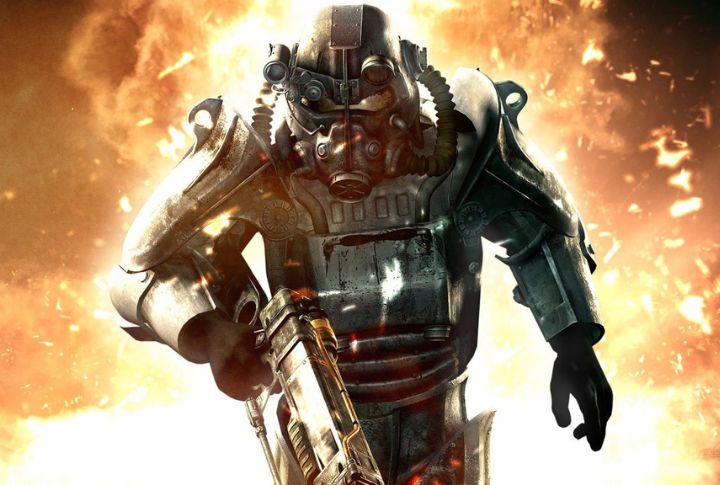
The Fallout franchise has captivated RPG fans for decades, transporting them to a post-nuclear wasteland filled with mutated creatures, quirky factions, and tough choices. But with so many entries in the series, from isometric classics to modern open-world adventures, which one reigns supreme? Here’s a ranked breakdown of every Fallout game, highlighting their strengths and weaknesses to help you decide where to start your wasteland journey.
Fallout: New Vegas (2010)
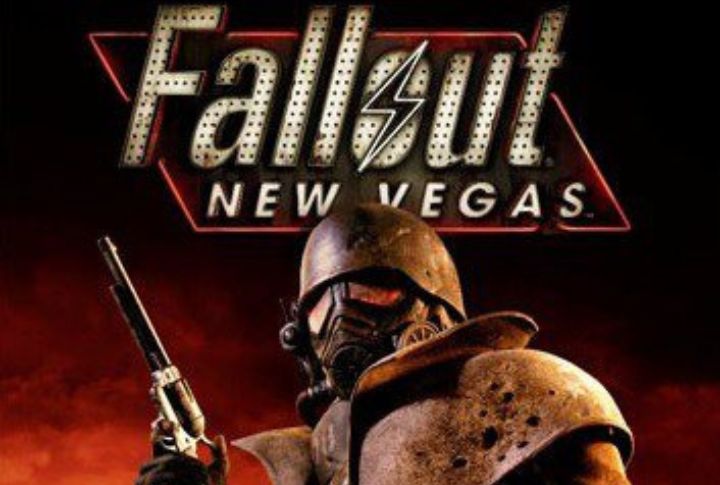
New Vegas stands as a crowning achievement, lovingly crafted by developers who understood the heart of the Fallout experience. It boasts a sprawling Mojave Wasteland filled with diverse factions, meaningful choices with lasting consequences, and a plot that lets you forge your path to glory (or infamy). The world feels alive with reactive characters, engaging side quests, and a level of depth rarely seen in the genre.
Fallout 2 (1998)

The sequel to the original Fallout refines the isometric formula, offering a vast world to explore, a plethora of wacky encounters, and a dark sense of humor. Character creation is incredibly detailed, allowing you to build a truly unique wasteland dweller. While the combat might feel dated by today’s standards, Fallout 2’s world-building, memorable characters, and branching narrative solidify its place among the franchise’s best.
Fallout (1997)
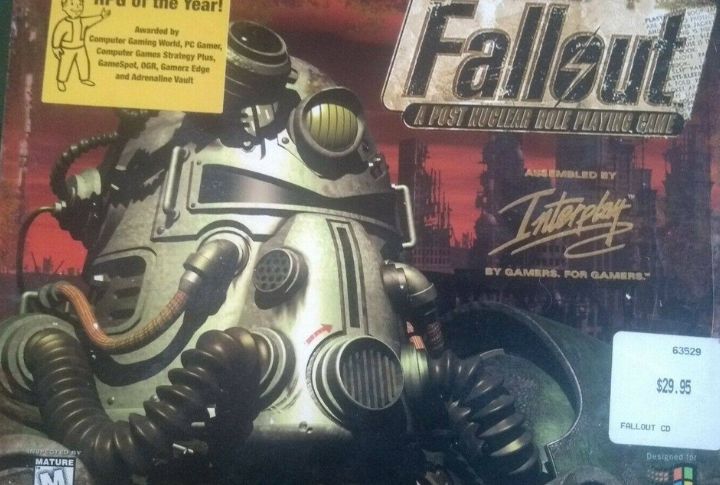
The original Fallout is a post-apocalyptic masterpiece. It established the series’ signature blend of dark humor, critical social commentary, and open-ended roleplaying. The isometric world may seem daunting at first, but it rewards exploration with a captivating story, memorable characters, and a wealth of choices that impact the fate of the wasteland.
Fallout 4 (2015)
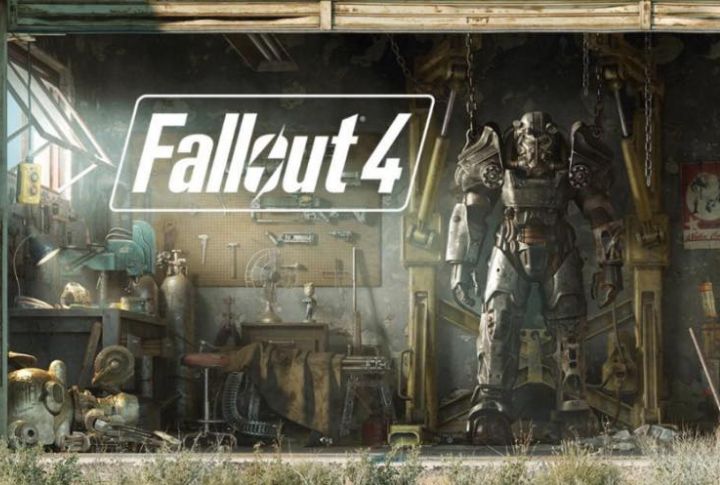
Fallout 4 takes the series into the realm of first-person action RPGs. The voice-acted protagonist and a focus on crafting and settlement building offer a fresh take on the Fallout formula. The Commonwealth wasteland boasts a beautiful post-apocalyptic Boston setting, and the core story is engaging. However, the roleplaying elements feel somewhat streamlined compared to previous entries, and the dialogue system lacks the nuance of its predecessors.
Fallout 3 (2008)

Fallout 3 was Bethesda’s first foray into the Fallout universe, introducing a 3D open world and real-time combat. While groundbreaking for its time, the world feels empty compared to later entries. The story offers exciting choices, but the Karma system and roleplaying elements are less impactful than the isometric games. Still, Fallout 3 deserves credit for revitalizing and reintroducing the franchise to a new generation.
Fallout: Brotherhood of Steel (2004)
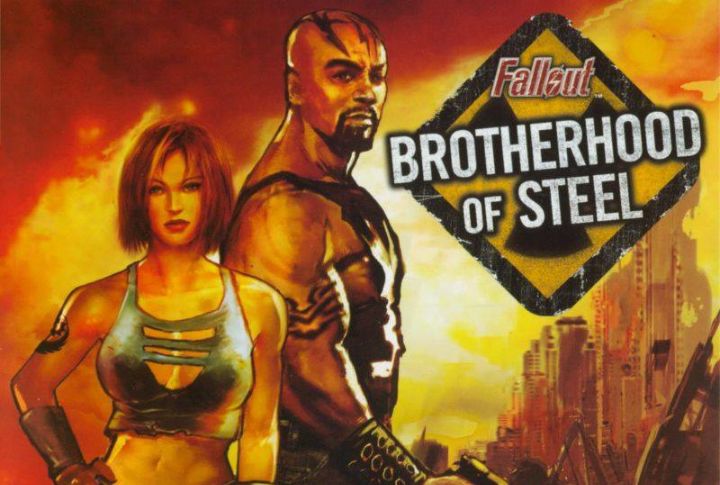
This spin-off takes the series in a more action-oriented direction. While the Brotherhood of Steel theme is interesting, the story and characters are forgettable. The gameplay feels repetitive, and the environments lack the charm and detail of the mainline Fallout entries.
Fallout 76 (2018)
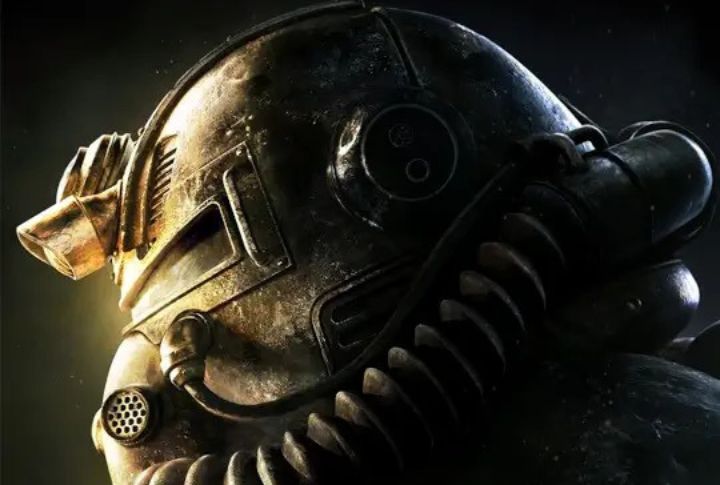
Fallout 76’s online-only format was a bold experiment for the series. While the core gameplay loop and world-building hold potential, the lack of fleshed-out human NPCs and a more reactive world left many fans wanting more. However, with ongoing updates and expansions, Fallout 76 has improved significantly, offering a unique online wasteland experience for those who enjoy the challenge of rebuilding alongside (or against) other players.

Comments
Loading…